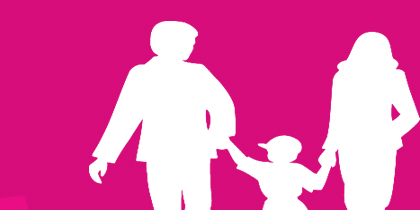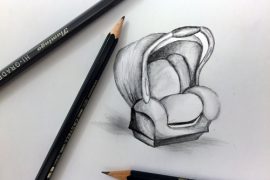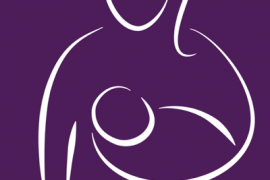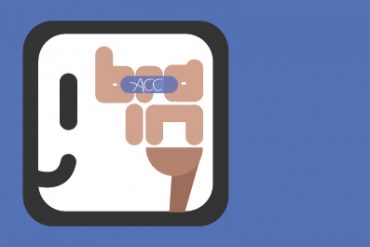Children are angels from heaven and all of them are equal in innocence. They are also very vulnerable. From birth through age of 8, a child’s growth and development is influenced by a variety of factors from their surroundings to interactions with others. During the early years in particular, parents and caregivers need to be vigilant about recognizing the signs of abuse in babies and young children. This is the first step towards safeguarding and protecting our children.
Since children mostly depend on adults for care, education, and nurturing; they are susceptible to abuse, which makes them “perfect victims” for any form of abuse. When we explore “abuse”, we address physical, emotional, sexual abuse, and neglect. Shockingly, research shows that perpetrators behind violent acts are not necessarily strangers, but in 8 out of 10 cases, it is someone a child knows and trusts.
Protecting children is the demand and strong desire of every parent. There is nothing that could totally devastate the soul, worry or sicken parents more than child abuse. Apparently, it’s one of the most challenging areas where children’s lives are seen to be at stake. There is a pressing need for change in children’s protection techniques that help recognize the possible indicators of any form of abuse that can prevent its severity and long-term negative implications.
We need to come up with a family safety plan that includes pre-planned discussions and spontaneous opportunities to teach children on a regular basis. For instance, let’s take a discussion about memorizing key telephone numbers in case they get lost; try to make it sound like an enjoyable game instead of a safety lesson.
Beside the given discussions and lessons, parents should make certain family rules such as “Don’t answer the door unless it’s mummy or any trusted person.” Some strangers are not welcome to pass by anytime and say hello. Children should understand the difference between strangers and close family members, or friends.
Avoid giving your child mixed messages. From a child’s perspective, they are likely to received contradictory messages if you tell your child that it’s risky to talk to strangers yet you say hello to an unfamiliar sales person. Tell your child that if he/she gets lost in a shopping mall or grocery store, that he/she should only approach security personnel or a police officer in uniform attire. It’s very important to ask our children to interact with strangers safely and educate them well on how to protect themselves.
One of the indicators of abuse in children could be sexual abuse. Parents should focus on both physical and behavioural signs that will help them recognize abuse in their child. Physical signs could be urinary tract infections, pain, bruising, bleeding, or a sexually transmitted disease. Behavioural signs could be seen in bed wetting, sexualized behaviour, isolation, and aggressive behaviour. To avoid such abuse, parents/caregivers should teach them correct names for their body parts. This will help parents or caregivers notice any kind of molestation or harassment.
Other forms of abuse are emotional abuse and neglect where a child’s self-confidence, sense of self-worth, and trust in their own perceptions is worn away. The child seems over anxious and may have speech disorders. Unfortunately, some parents are responsible for committing such abuse due to neglect and saying things that make a child feel worthless.
But how can you teach your kids about personal safety to prevent sexual abuse without scaring them? It’s never too early to start enlightening children on how to protect themselves. Some parents usually have the notion that we should follow the expression “knowledge truly is power.” However, it’s not healthy to convey your fear to them by giving scary stories as examples. Try empowering your children instead of scaring them, which will enable them to successfully handle a situation where they need help. Fear often backfires, makes children freeze, and disables them from acting in an emergency. The most important concept that should be highlighted is that “their body is their own, that nobody can touch without their permission.” Any person who refuses to respect that should be considered dangerous and immediately such an incident should be told to parents without any fear or embarrassment.
At the end we must always remember that we are our children’s first and most important teachers. Children watch every move we make, question our choices, and notice the outcomes of our actions. “We must be sure that we are walking the walk, talking the talk and not giving vague or mixed messages”.
In coordination with Arabian Child organization. Visit www.arabianchild.org for more information about early childhood education in the United Arab Emirates.




